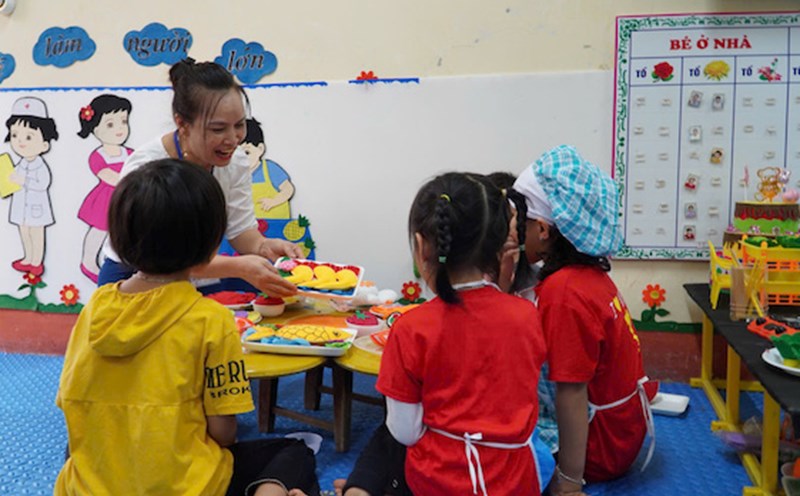Salary and allowances for teachers
The Law on Teachers takes effect from January 1, 2026. Article 23 of the Law on Teachers stipulates as follows:
1. Salaries and allowances for teachers at public educational institutions are stipulated as follows:
Teachers' salaries are ranked highest in the administrative career salary scale system;
Vocational allowances and other allowances according to the nature of work, by region according to the provisions of law;
Preschool teachers; teachers working in ethnic minority areas, mountainous areas, border areas, islands and areas with particularly difficult socio-economic conditions; teachers teaching at specialized schools; teachers implementing integrated education; teachers in some specific sectors and occupations are entitled to higher salary and allowances than teachers working under normal conditions.
2. The salary of teachers in non-public educational institutions is implemented in accordance with the provisions of the law on labor.
3. Teachers working in sectors and occupations with special regimes are entitled to special regimes according to the provisions of law and are only entitled to the highest level if that policy coincides with the policy for teachers.
4. The Government stipulates this in detail.
Thus, from January 1, 2026, when the Law on Teachers comes into effect, preschool teachers (preschool teachers), teachers working in ethnic minority areas, mountainous areas, border areas, islands and areas with particularly difficult socio-economic conditions; teachers teaching at specialized schools; teachers implementing integrated education; teachers in some specific sectors and occupations will receive higher salary and allowances than teachers working in normal conditions.
Attraction and promotion policies
In addition to the salary regime, Article 25 of the Law on Teachers also stipulates many policies to promote and attract teachers. Specifically, Article 25 stipulates the policy of attracting and promoting teachers as follows:
1. The beneficiaries of attraction and promotion policies include:
a) Highly qualified people, talented people, people with special abilities, people with high vocational skills;
b) People coming to work in ethnic minority areas, mountainous areas, border areas, islands and areas with particularly difficult socio-economic conditions;
c) Teachers performing teaching, education, and scientific research in a number of key areas, essential according to the needs of socio-economic development.
2. Attraction and promotion policies include priority in recruitment and reception; salary, allowances; training, fostering; planning, appointment; working conditions, working equipment; welfare and other policies as prescribed by law.
3. Localities and educational institutions have policies to attract and promote teachers in accordance with practical conditions and financial resources of the locality and educational institutions.









